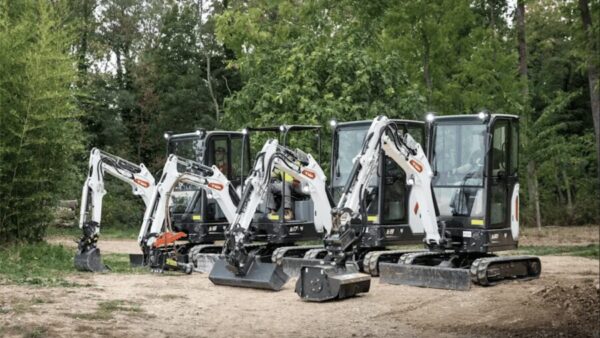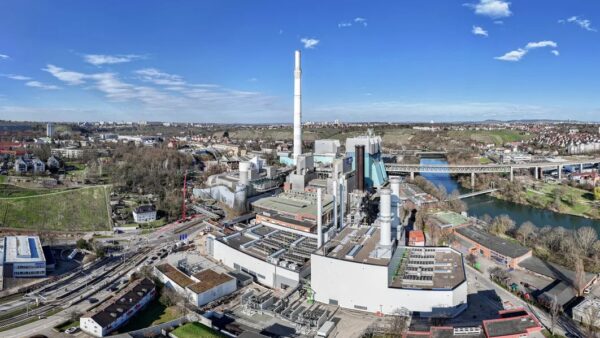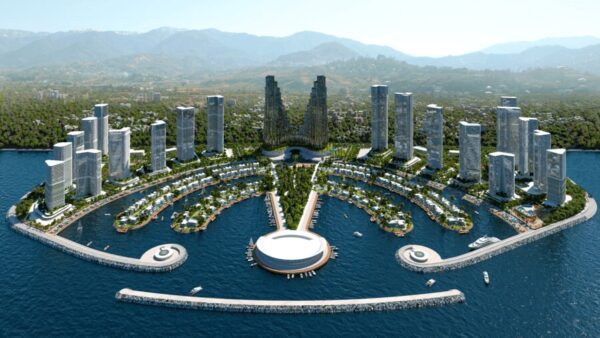
Google will buy nuclear energy from small modular reactors (SMRs) built and run by California’s Kairos Power as the internet giant races to secure enough clean electricity to power artificial intelligence (AI) technologies.
The deal announced Monday sees Kairos supplying 500MW from multiple SMRs by 2035.
Kairos said it aims to bring its first SMR online by 2030.
The parties didn’t disclose the financial terms of the deal, the number of SMRs to be built, or their locations – only that they would be sited to best serve Google data centres.
Kairos called the deal the “first corporate agreement for multiple deployments of a single advanced reactor design” in the US.
The firm’s co-founder Mike Laufer said the agreement would let his company “quickly advance down the learning curve”.
“By coming alongside in the development phase, Google is more than just a customer. They are a partner who deeply understands our innovative approach and the potential it can deliver,” he added.
The deal follows fellow US tech giant Oracle’s announcement last month that it was considering buying three SMRs to deal with the “crazy” electricity loads demanded by AI data centres (see further reading).
Simpler and safer
Kairos Power uses a molten-salt cooling system, combined with a ceramic, pebble-type fuel to efficiently transport heat to a steam turbine to generate power.
The system allows the reactor to operate at low pressure, making its design simpler and its operation safer.
Founded in 2016, Kairos Power previously broke ground on a non-powered demonstration reactor in Tennessee.
It was the first advanced reactor project to receive a construction permit from the US Nuclear Regulatory Commission. The company plans to refine the design before embarking on its first commercial plant.
AI gobbles electricity
The International Energy Agency recently forecast that the electricity consumed by the world’s data centres would double over the next two years, mainly driven by the uptake of AI.
A report by the Electric Power Research Institute published in May pointed out that an internet query that used AI required 2.9 watt-hours, compared with 0.3 for a conventional search. The creation of music, photos and videos could require much more.
It added that this could lead to a “step change” in power use, with data centres consuming up to 9% of all the electricity generated in the US.
- Subscribe here to get stories about construction around the world in your inbox three times a week
Further Reading:
Comments
Comments are closed.











All great work surrounding the SMRs. I would just love the data centres to be placed in colder regions so the waste heat can be put to use for a larger part of the year…heating built up areas and domestic hot water…a far more efficient way to use the huge amounts of energy.